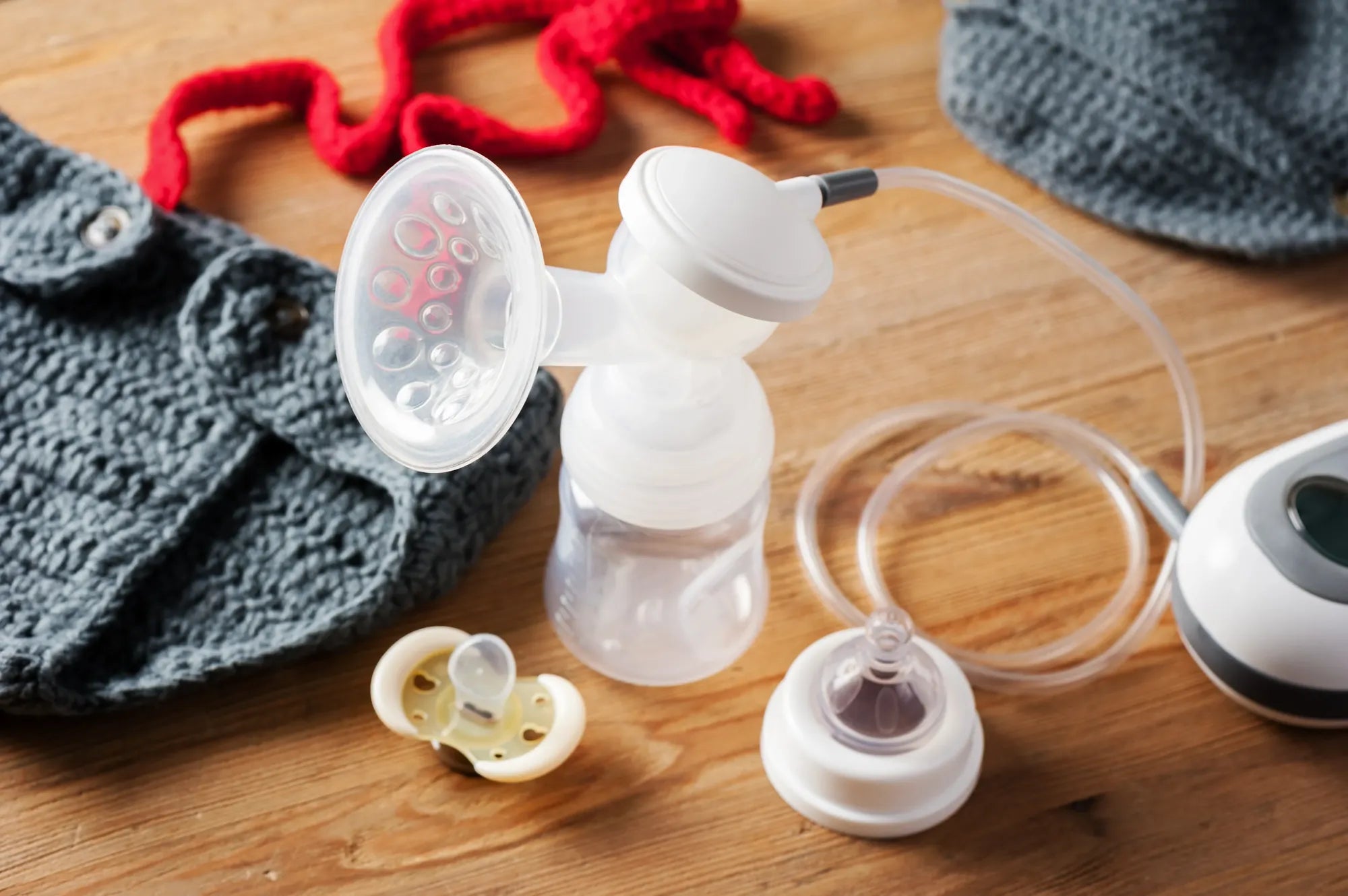Inicio
Pregnancy, Breastfeeding, and Pumping: The Ultimate Guide for Moms
Can You Combine Breast Milk from Two Different Pumping Sessions?

Can You Combine Breast Milk from Two Different Pumping Sessions?
For many breastfeeding mothers, the question of whether to combine breast milk from two different pumping sessions is a common one. The good news is that it is not only safe but also practical in many situations. Understanding the best practices for combining breast milk can help ensure your baby receives the best nutrition while making your life a little easier.
Is It Safe to Combine Breast Milk from Different Pumping Sessions?
Yes, it is generally safe to combine breast milk from different pumping sessions, provided that certain guidelines are followed. The key is to ensure that the milk is handled and stored properly to maintain its quality and safety. Here are some important considerations:
- Temperature Consistency: Always ensure that the milk from both sessions is at the same temperature before combining. For example, if you are combining freshly pumped milk with refrigerated milk, allow the freshly pumped milk to cool in the refrigerator first.
- Hygiene: Make sure that all pumping equipment and storage containers are clean and sanitized to prevent contamination.
- Storage Guidelines: Follow the recommended storage guidelines for breast milk. Freshly pumped milk can be stored at room temperature for up to 4 hours, in the refrigerator for up to 4 days, and in the freezer for up to 6 months.
Benefits of Combining Breast Milk
Combining breast milk from different pumping sessions offers several benefits:
- Convenience: Combining milk allows you to create larger quantities for feeding, reducing the number of bottles you need to prepare.
- Consistency: Mixing milk from different sessions can help balance the fat content, ensuring your baby receives a consistent nutritional profile.
- Efficiency: It can save time and effort, especially for mothers who pump frequently throughout the day.
Best Practices for Combining Breast Milk
To ensure the safety and quality of combined breast milk, follow these best practices:
- Label and Date: Always label the milk with the date of the oldest pumping session to keep track of freshness.
- Gradual Mixing: If you are combining milk from different days, consider mixing small amounts first to ensure there are no issues with taste or smell.
- Proper Storage: Use clean, airtight containers designed for breast milk storage. Avoid overfilling the containers to allow for expansion during freezing.
- Thawing and Warming: When ready to use, thaw frozen milk in the refrigerator or under warm running water. Avoid microwaving, as it can create hot spots and destroy nutrients.
Common Concerns and Myths
Some mothers may have concerns or misconceptions about combining breast milk. Here are a few common ones:
- Myth: Combining milk from different sessions dilutes its nutritional value. Fact: Breast milk retains its nutritional value when properly stored and combined.
- Myth: Mixing milk from different days can cause digestive issues. Fact: As long as the milk is handled and stored correctly, it is safe for your baby.
- Myth: You should never combine freshly pumped milk with refrigerated milk. Fact: It is safe to combine them as long as they are at the same temperature.
When to Avoid Combining Breast Milk
While combining breast milk is generally safe, there are some situations where it may be best to avoid it:
- If the Milk Smells or Looks Off: If the milk has an unusual smell or appearance, it is best to discard it rather than combining it with other milk.
- If Your Baby Has Specific Health Concerns: If your baby has a weakened immune system or other health issues, consult with a healthcare professional before combining milk.
- If You Are Unsure About Storage Conditions: If you are uncertain about how the milk was stored, it is better to err on the side of caution and not combine it.
Combining breast milk from different pumping sessions can be a practical and safe way to ensure your baby gets the nutrition they need. By following the guidelines and best practices outlined in this article, you can confidently manage your breast milk storage and feeding routine. Remember, every mother and baby is unique, so it is always a good idea to consult with a lactation consultant or healthcare provider if you have any concerns or questions.
Ready to simplify your breastfeeding journey? Combining breast milk from different pumping sessions might just be the solution you've been looking for. With the right knowledge and practices, you can ensure your baby gets the best nutrition while making your life a little easier.
Compartir

